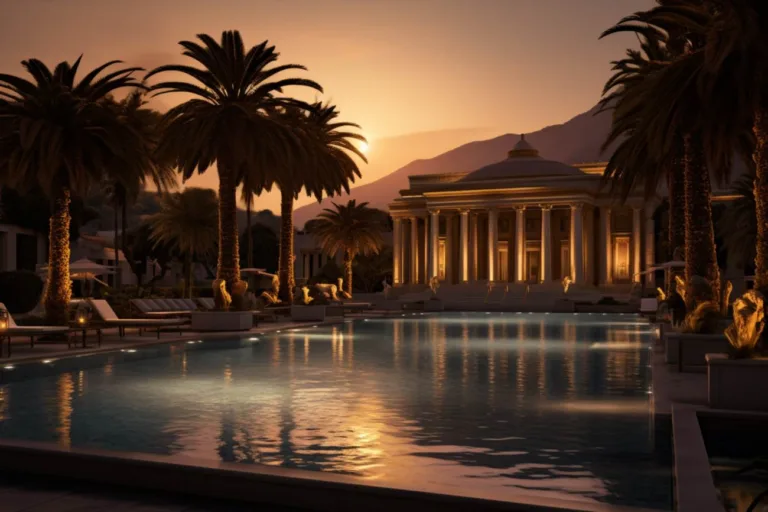Welcome to our in-depth exploration of the legendary Kouros Palace, a masterpiece of ancient architecture that has captured the imagination of historians, archaeologists, and art enthusiasts alike. This grand edifice stands as a testament to the incredible craftsmanship and ingenuity of civilizations long past. In this article, we delve into the captivating history, exquisite design, and cultural significance of the Kouros Palace.
The origins and historical significance
The Kouros Palace, an architectural marvel of antiquity, was erected during a time of great cultural flourishing. Built by an advanced civilization that thrived in the heart of a fertile valley, the palace was more than just a structure; it was a symbol of power, innovation, and societal progress.
The exact origins of the Kouros Palace continue to be a subject of scholarly debate. Some historians attribute its construction to the illustrious reign of King Miltiades, while others propose a connection to the enigmatic Kykladian civilization. Regardless of its origin, the palace’s historical significance cannot be denied. It served as a center for commerce, governance, and intellectual exchange, fostering a thriving society that left an indelible mark on the pages of history.
Architectural brilliance and design
The architectural brilliance of the Kouros Palace is evident in its innovative design and intricate details. The palace boasts a harmonious blend of various architectural styles, reflecting the multicultural influences that shaped its construction. From Doric columns that exude strength to Ionic friezes that add an air of elegance, the Kouros Palace is a true testament to the craftsmanship of its builders.
The layout of the palace is equally captivating. A labyrinthine arrangement of courtyards, halls, and chambers speaks volumes about the society’s organizational skills. Majestic frescoes adorn the walls, depicting scenes from daily life, mythological narratives, and religious rituals. Each corner of the palace whispers stories of the past, inviting visitors to step into a world long gone by.
Cultural legacy and modern fascination
The cultural legacy of the Kouros Palace continues to captivate modern minds. Its influence can be observed in contemporary art, architecture, and even fashion. The intricate patterns and motifs that adorn its walls have inspired designers and artists worldwide, transcending the boundaries of time and culture.
Visitors from all corners of the globe flock to the site, eager to catch a glimpse of the grandeur that once defined an era. The Kouros Palace stands as a beacon of human achievement, a reminder that even in the passage of millennia, the spirit of creativity and innovation endures.
Q: What is the historical significance of the Kouros Palace?
A: The Kouros Palace holds immense historical significance as a center of governance, culture, and commerce in ancient times. It offers insights into the societal structures and values of the civilization that built it.
Q: Who built the Kouros Palace?
A: The exact builders of the Kouros Palace remain a subject of debate among historians. Some attribute it to King Miltiades, while others suggest a connection to the Kykladian civilization.
Q: What architectural styles can be seen in the palace?
A: The Kouros Palace features a blend of architectural styles, including Doric columns and Ionic friezes. This mixture reflects the multicultural influences that shaped its construction.
Q: How has the Kouros Palace influenced modern culture?
A: The palace’s intricate designs and motifs have inspired contemporary art, architecture, and fashion. Its cultural legacy lives on through its influence on various artistic expressions.
Q: Can visitors explore the Kouros Palace?
A: Yes, the Kouros Palace is open to visitors who wish to explore its majestic architecture and immerse themselves in its rich history. Guided tours offer insights into its significance and design.
Pozri tiež:






